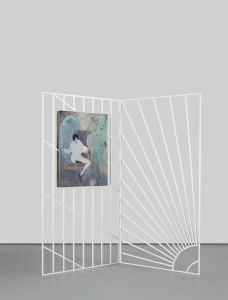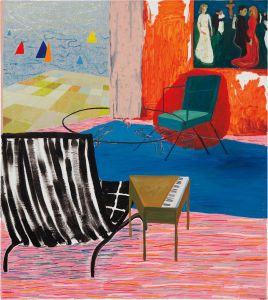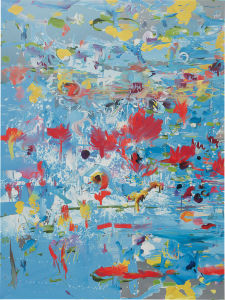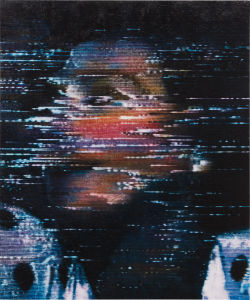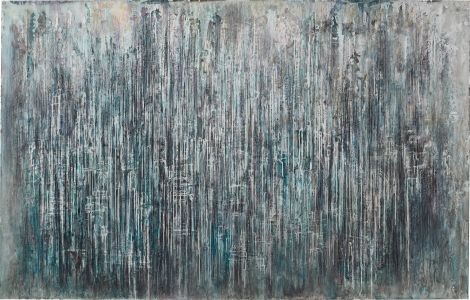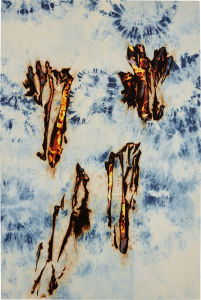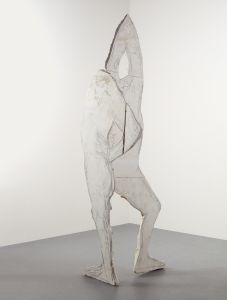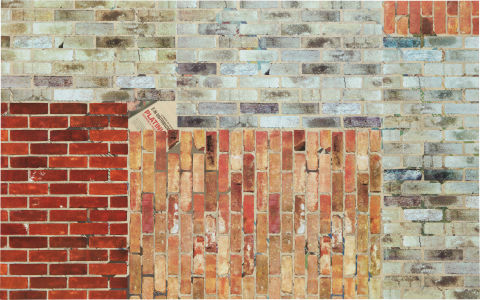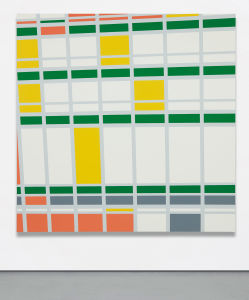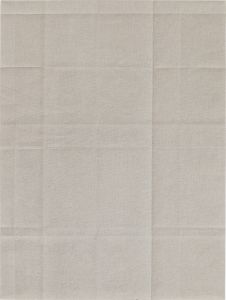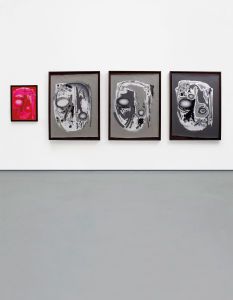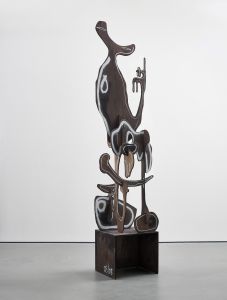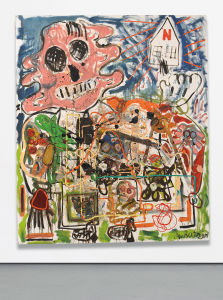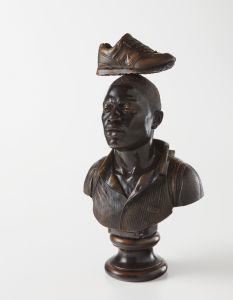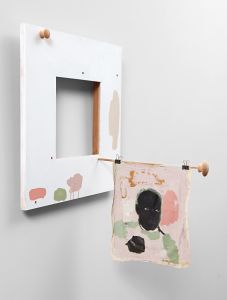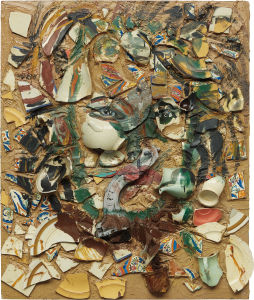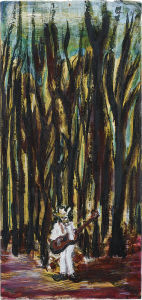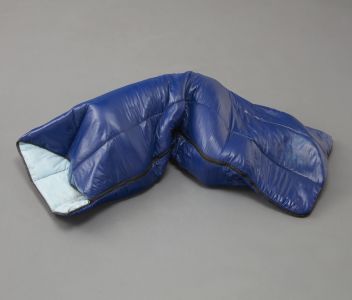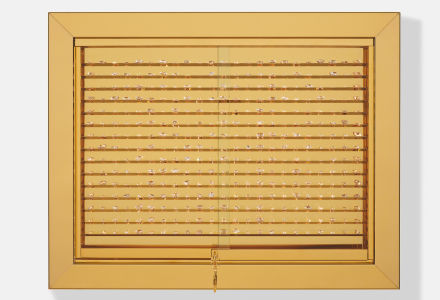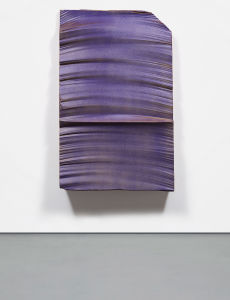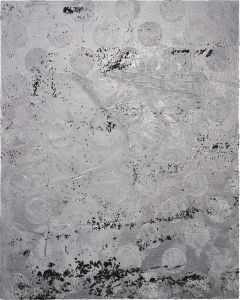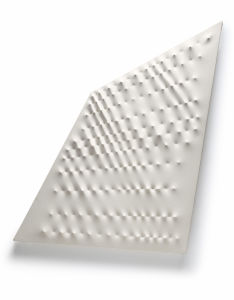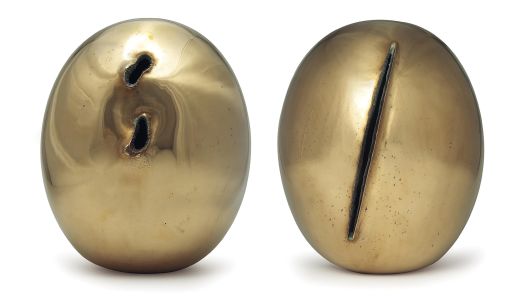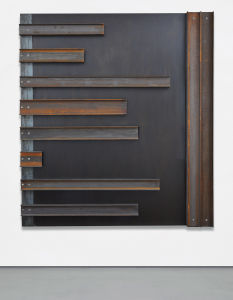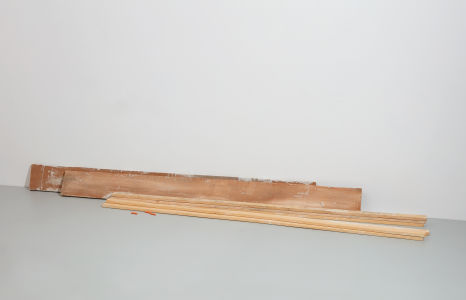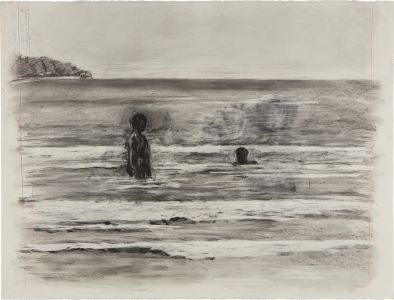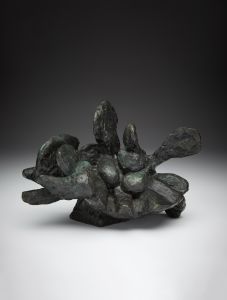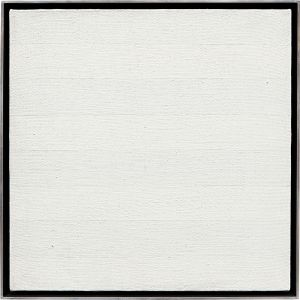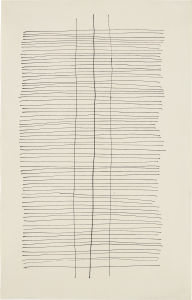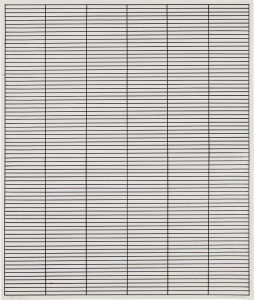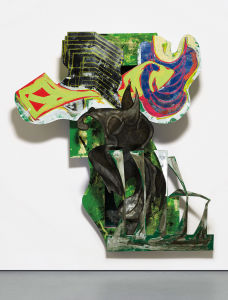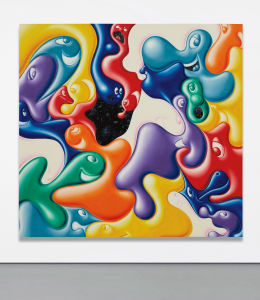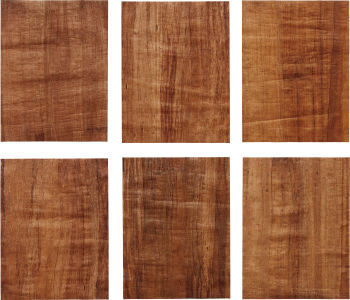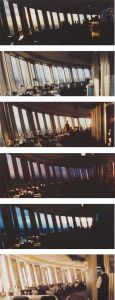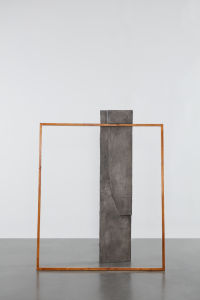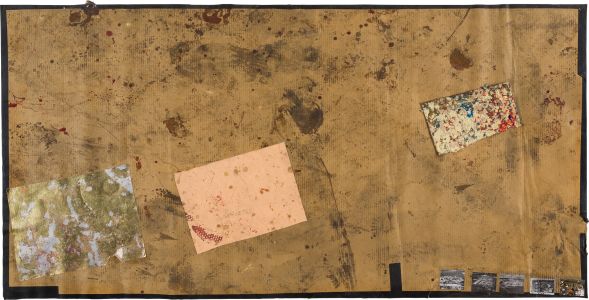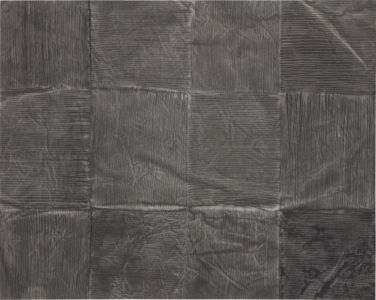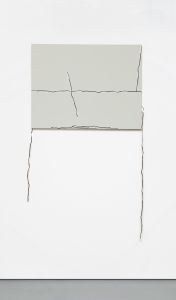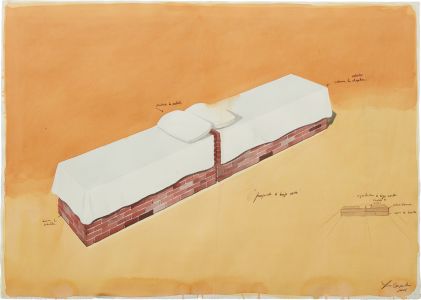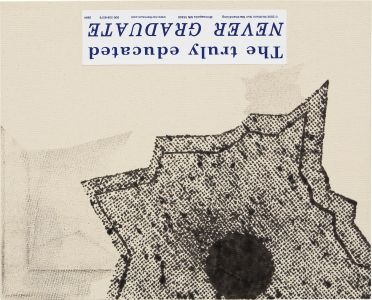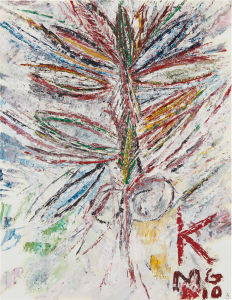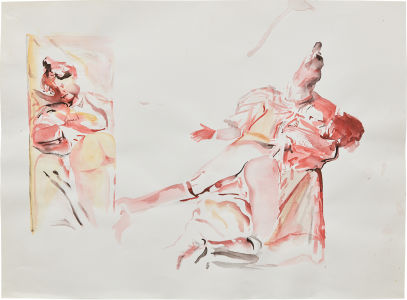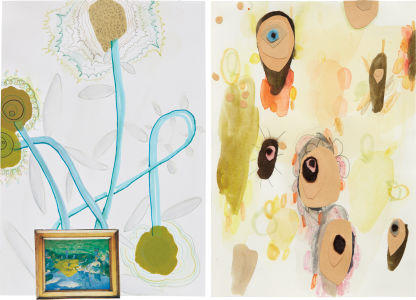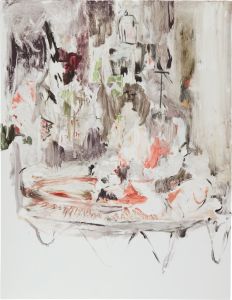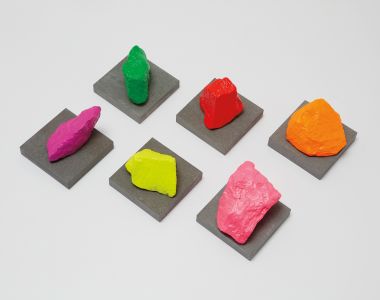Widely recognized as one of China’s leading contemporary sculptors, Zhan Wang is celebrated for his conceptual sculptures which explore historical Chinese traditions and their evolving place in contemporary life. Begun in 1995, Zhan’s Artificial Rocks project attempts to explore a dialogue between the old and the new, a tension the artist has observed throughout his upbringing and education in the changing city of Beijing. Inspired by rocks known in Chinese historical discourse as Jiashanshi, which literally translates to “artificial rock”, the artist studied the writings and observations of scholars who were fascinated by the effect which natural eroding processes had on these stones. The unique, organic shapes of the Jiashanshi, which continually changed over time, were thought to have spiritual powers as well, often imitated by artisans who created facsimiles of these rocks in materials such as jade, glass and ceramic. In his own series of facsimiles, Zhan recontexualizes this tradition in a modern age by erecting large-scale interpretations of the structures in stainless steel. When asked to comment on his choice of material and its reinterpretation of the old, the artist has espoused, “The material’s glittering surface, ostentatious glamour, and illusory appearance make it an ideal medium to convey new dreams.” (The Artist, quoted in "Jia Shan Shi [Ornamental rock]”, Shoujie dangdai yishu xueshu yaoqing zhan [The First Academic Exhibition of Chinese contemporary art], Hong Kong, 1996, online)
In the present lot, executed in 2001, Zhan Wang’s large-scale sculpture has an earthly presence, despite its industrial origins, with its organic projections and recessions that together comprise a contour of positive and negative spaces. Created by molding sheets of steel around the shape of one of these rocks, Zhan then subsequently removes the molded sheets, welding them together to create a burnished, seamless surface. The reflective exterior of Artificial Rock No. 40 highlights the object’s surroundings, confronting its viewers with their own reflections, which are altered by the uneven texture, a cause and effect which itself mimics the natural processes that would break down the ancient Jiashanshi. Housed in public and private collections around the world, including the Metropolitan Museum of Art, each of Zhan Wang’s Artificial Rocks explores a dialogue begun centuries before in a uniquely contemporary voice.

